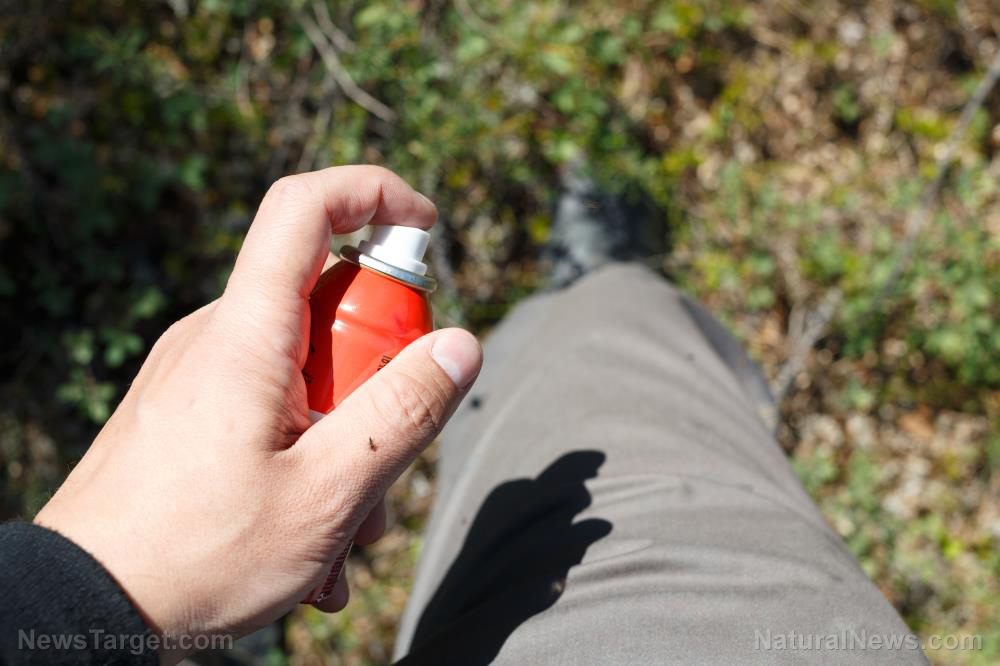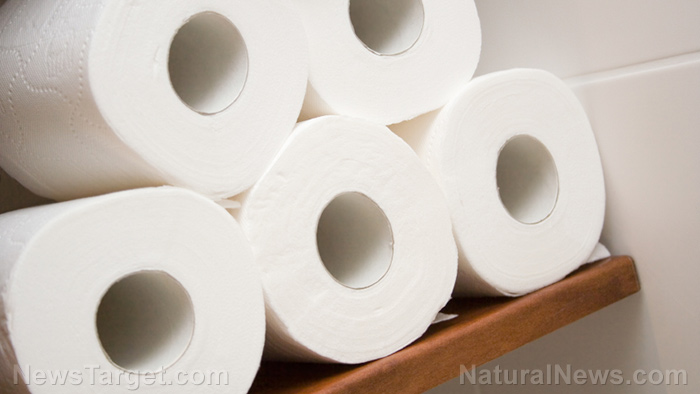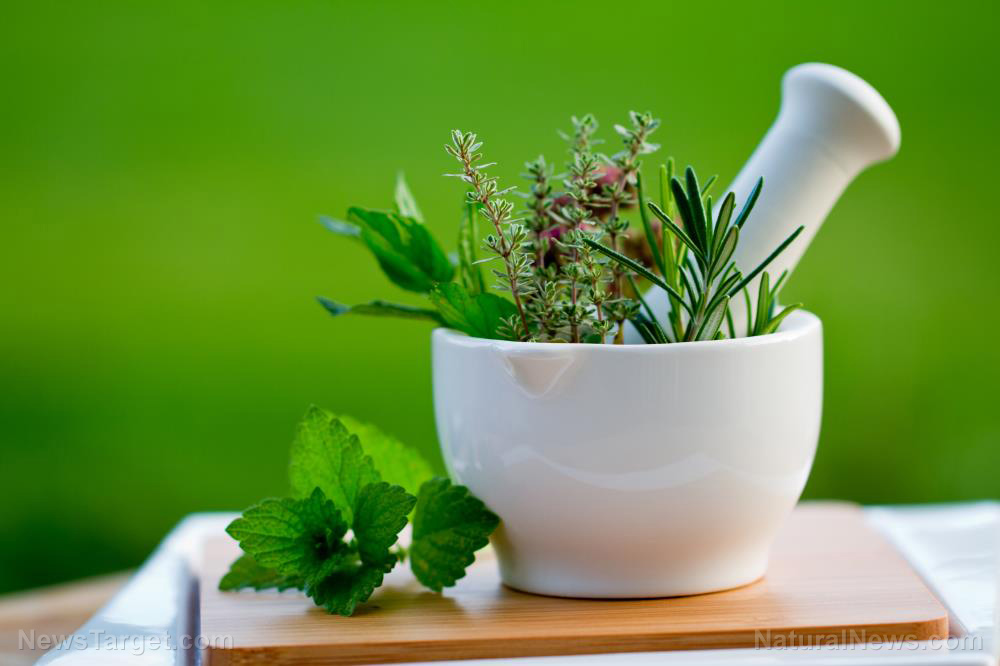
1. Quart and pint canning jars
Canning jars are among the most important food storage containers for preppers and homesteaders, especially those who grow their own food. They are perfect for pickling fresh produce and storing homemade jams and preserves. You can even use canning jars to keep other shelf-stable foods like dried fruits and vegetables. Use smaller canning jars for things like jams and spreads. You'll need quarts or pint-sized containers for canning fruits, vegetables and prepared meat. You can find canning jars in virtually any store that sells home and kitchen products. Make sure that the canning jars you buy come with airtight lids, which you'll need to seal the jars properly.2. Leakproof containers
You'll also need leakproof containers in different sizes. The last thing you want is to keep food in a container that leaks after only a few weeks. To make sure you're not wasting your time and money, buy high-quality leakproof containers that are free from bisphenol A (BPA), a hormone-disrupting chemical present in many cheap, plastic food storage containers. (Related: BPA replacement chemicals found to disrupt hormones much like BPA.) Most leakproof containers of the same brand can be stacked easily on top of one another, making it easier to store a lot of containers in tight spaces. In some cases, leakproof containers can also be stacked even when they're not from the same brand. Just make sure you carefully take size, quality and shape into account.3. Five-gallon bucket
For dry ingredients that will take up too much space in your pantry, use food-grade buckets. These buckets are large and heavy when filled with different foods, but they offer plenty of storage for ingredients that are commonly sold in bulk. Here are some of the foods that are best stored in these huge buckets:- Rice – Rice is a staple in many countries. It's a great source of carbohydrates when SHTF, and it's one of the most shelf-stable ingredients you could have in your emergency stockpile. Pour bags of rice into a bucket for easy access and convenient storage.
- Pasta – Boxed pasta is another popular non-perishable staple in any prepper's pantry. But instead of keeping it in its box, open the box and pour the pasta into a five-gallon bucket. This makes it easier to get into when you need it.
- Rolled oats – Rolled oats are an extremely versatile ingredient. You can use rolled oats to prepare fresh oatmeal, porridge, oat cookies and overnight oats. You can save money by buying oats in bulk and keeping them in a food-grade bucket.
- Flour – Flour is an emergency stockpile staple because it's a key ingredient in many recipes. This ingredient is often sold in bags. Open the bag and pour the flour into a bucket for easy storage.
4. Zipper-sealed food storage freezer bags
Instead of keeping foods like meat in their original packaging, portion them into zipper-sealed food bags. They allow you to store fresh foods for longer and only thaw what you need. When sealed properly, these food storage bags can keep food fresh for at least a couple of months, so don't buy the cheap ones. These bags are also great for storing leftover food in the freezer. Go to Preparedness.news to learn more about storing food for when SHTF. Sources include: FoodStorageMoms.com MinimalistBaker.comHome gardening basics: How to create a no-till, raised row garden
By Joanne Washburn // Share
3 All-natural insect repellents that you can make at home
By Arsenio Toledo // Share
Emergency essentials: Top 10 non-food items to include in your emergency stockpile
By Divina Ramirez // Share
6 Ways to tell the time without a clock
By Divina Ramirez // Share
Disaster prepping 101: Learn land navigation skills to get out of SHTF situations
By Arsenio Toledo // Share
Health Basics: Top 10 REAL ways to avoid Covid and its variants
By S.D. Wells // Share
A new golden era: Bullion's meteoric rise defies conventional wisdom
By willowt // Share
Omega-3 fatty acids: A natural shield against depression and anxiety
By patricklewis // Share
Untreated sleep apnea accelerates cardiovascular aging and increases mortality risk, new study warns
By patricklewis // Share











